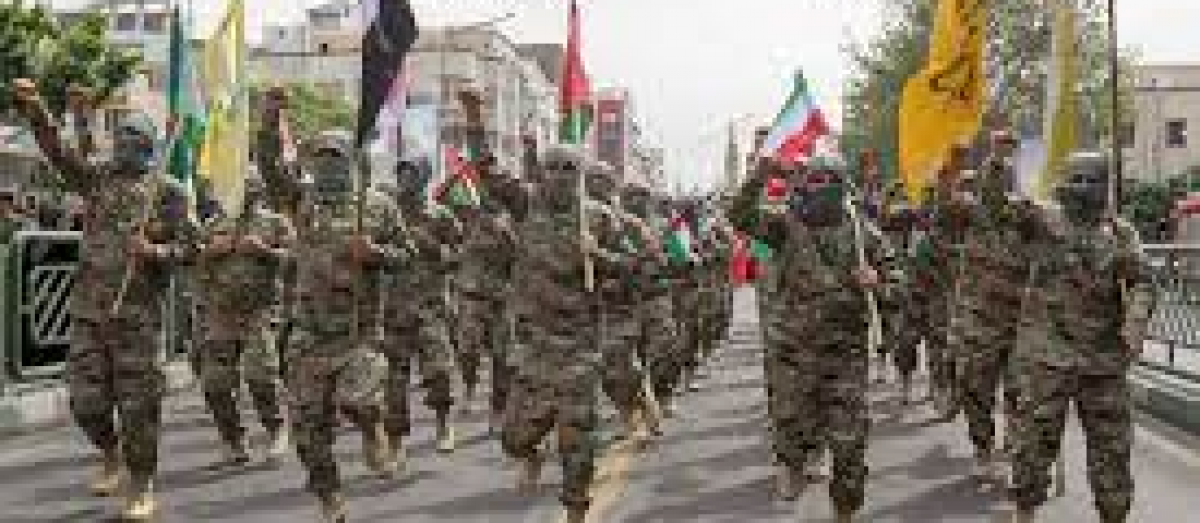MENA Home
The term MENA, which stands for Middle East and North Africa, came into more frequent use in the latter part of the 20th century and has been widely adopted by international economic and financial organizations, including the World Bank and the International Monetary Fund, as well as various United Nations agencies. Its usage is mainly due to the following reasons:

1. Economic and Political Homogeneity:
The MENA region is considered to be relatively homogenous in terms of economic and political structures. Many countries within this region share similar economic models, primarily based on oil and gas production and exports, although there is growing diversification in some areas. Politically, the region has a history of autocratic rule, although this is changing in some countries due to recent political upheavals.
2. Cultural and Historical Ties:
Culturally and historically, the countries within the MENA region share significant ties. The spread of Islam and the Arabic language, as well as a history of interconnected empires and colonial experiences, has resulted in shared cultural norms and historical narratives.
3. Geopolitical Considerations:
From a geopolitical perspective, the inclusion of North Africa with the Middle East is logical given the region’s strategic importance. The Suez Canal, for instance, is a critical chokepoint that ties the Mediterranean to the Red Sea and serves as a major trade route linking Europe, the Middle East, and Asia.
4. Academic and Analytical Convenience:
Academically, it is convenient to study these countries as a single group due to similarities in language (with Arabic being widely spoken across the region), religion (predominantly Islam), and social structures. Grouping them under one acronym facilitates a more structured analysis of the region.
Distinction from the “Middle East”:
The term “Middle East” has a somewhat ambiguous origin. It is believed to have been popularized in the early 20th century by American naval strategist Alfred Thayer Mahan and subsequently used by the British colonial administrators. It was centered on the area around the eastern Mediterranean and was used to describe the region between the “Near East” (the Balkans and the Ottoman Empire, the predecessors of today’s Turkey) and the “Far East” (which referred to East Asia).
However, “Middle East” is a Eurocentric term, reflecting the region’s geographical location relative to Europe. As global perspectives have become more prominent, and with the realization that the region’s issues often spill over the traditionally defined boundaries of the Middle East, the term MENA has gained traction to encompass a broader area that shares socio-economic and political characteristics.
Today, MENA has a more standardized definition that often includes the Arab League countries, Iran, Israel, Turkey, and sometimes Afghanistan and Pakistan, although the latter two are often considered part of South Asia. The inclusion of North Africa acknowledges not only the geographical continuity but also the strong cultural, religious, and historical links with the Middle East.

In summary, the use of MENA instead of just the Middle East is an effort to more accurately represent the region’s shared attributes and connections beyond the narrow scope of the geographical and political considerations of the early 20th century.




